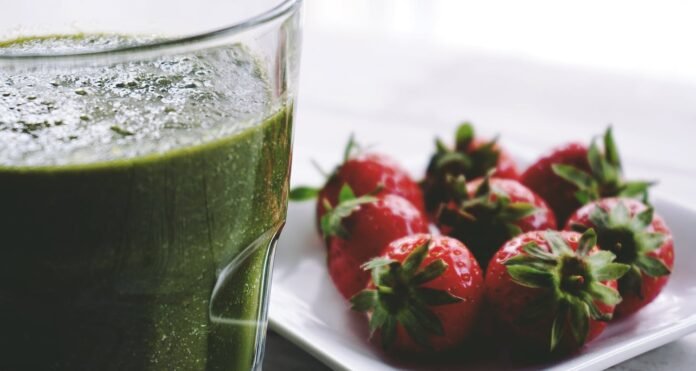In the market for buying a juicer? At this point you have a slight interest but are unsure how to go about getting started. Use the information in this article to help you decide what type of juicer is best for you and some great tips on juicing in general.
Drink your juice soon after making it if you are looking to benefit from the health benefits. Juice starts to lose its benefits as soon as it comes out of the fruit or veggie. The longer you let it sit, the more it will lose, so go ahead and drink it as soon as possible to be able to let your body enjoy all the nutrients.
Pay close attention to which vegetables and fruits your juicer recommends. There are some fruits and vegetables that do not lend themselves well to juicing. Bananas are a great example of this, as they tend to thicken a mixture when added, which is why they are used in smoothies regularly. Blend these types of produce, as opposed to juicing, for best results.
Adding spirulina and chlorella while juicing will give you ample amounts of vitamin B. Chlorella and spirulina are algae having an extremely high vitamin B composition. Add these two algae in powder or tablet form to the juicer and give yourself a great vitamin B dose. Many typical fruits and vegetables do not naturally contain vitamin B so this step is important.
If you are going to store some of your juice for an extended period of time, make sure to add a few drops of lemon juice to it. This will keep the juice from turning color and preserve it while you wait to drink it. The more juice you save, the more lemon you should add.
Having trouble juicing leafy greens? Try rolling them up into balls, or cigars, and then feeding them through your juicer. You can also try wrapping them around other fruits or vegetables and then pushing the whole thing through, or chopping them very finely and placing a spoonful in the machine at a time.
When figuring out your recipes and buying produce at the market, remember that approximately one pound of vegetables and fruit will lead to one cup of juice. Softer fruits will yield about as much juice as is equal to their weight as they won’t lose much pulp, while harder vegetables will produce a lot of pulp and produce less juice.
Drinking juice that is at room temperature is better for digestion than drinking cold juice, so leave your fruit and vegetables out overnight to ensure that they’re warm enough when you begin to juice them. If you want a cool treat during the summer, pour your juice into ice cube trays and suck on the cubes you create! You can also freeze the juice and eat it like ice cream.
Before you randomly go pick your produce that you want to put through your juicer, you should make sure you are getting the best quality fruits and vegetables that you can. If your fruits and vegetables aren’t of good quality, you won’t be getting the best nutrition that you could be.
Maintaining blood sugar levels helps to curb hunger, so including carrot juice in your creations can help you keep healthy and eat less. Carrots do have more sugar in them than many other vegetables, but the fact that they don’t cause a spike in blood glucose means that you can overlook that and drink them up!
Many studies have shown that spices help to boost your metabolism along with tasting great, so include them in your juices! Hot spices used in Indian cooking are an excellent choice, so include cayenne, garam masala, cardamom, cinnamon, coriander, and allspice as often as possible to get a great boost to your fat burning system!
Not every fruit or vegetable provides less calories than it takes to digest, so research the items you’d like to include in your juice recipes to see which are highly caloric or contain a lot of sugar. These items should be used in moderation, so one per recipe is a good maximum.
In regards to juicing, you may wish to consider the potential benefits of using organic produce. This is important to consider because organic produce will contain little to none of the pesticides that are used on regular produce and they may also contain more powerful nutrients due to the soils that they are grown in.
A great juicing tip is to always chop up produce that’s too big. You run a big risk by putting big chunks of produce into your juicer because you can potentially ruin the motor. Chopping produce into smaller chunks will also provide you with a much better juice solution.
Do not drink your homemade juice too quickly. Since you are skipping the step of chewing the vegetables, the juice needs time to mix with your saliva to aid in digestion and to prevent too much sugar from entering your bloodstream at once.
It is vital that you think about how certain juices can affect the way your teeth look. This is important due to particular juices that can stain your teeth. Carrots and beets are key offenders for tooth staining. Brush your teeth immediately after consuming juices made with these veggies if you have stain-prone teeth.
In conclusion, it is important to give yourself a good background in juicing before buying the materials needed. This will possibly help you save money and time. Use the advice we have provided in order to be in the best shape to make decisions about getting into making your own juice.

